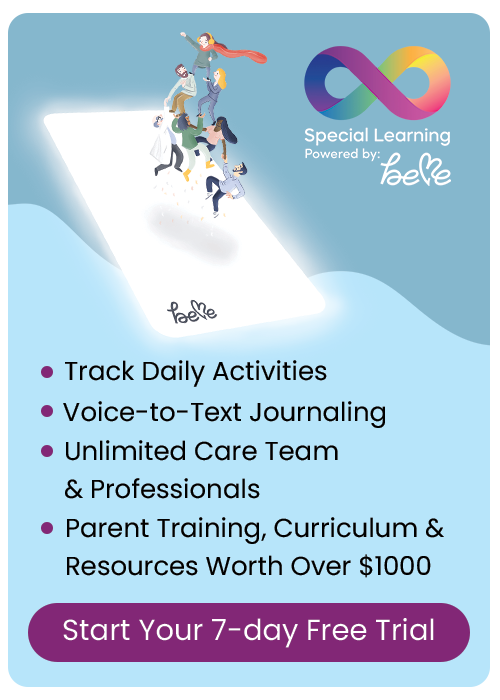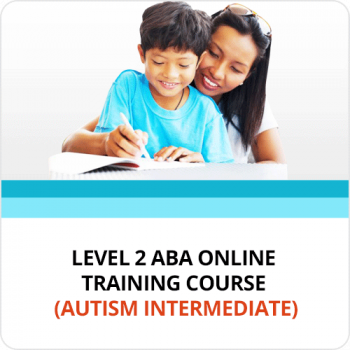Blog Categories
- ADHD
- Applied Behavior Analysis
- Autism Awareness
- Autism Service Providers
- Case Studies
- Dignosis
- Classroom Management
- Credentials
- Ethics
- Family Matters
- FAQs About LIVE Events
- Financial Planning
- Holiday Planning
- IEP's
- Panelists
- Private Equity in Autism & ABA Industry
- Psychopharmacology
- Sensory Processing Disorder
- Speech and Communication
- Subject Matter Experts
- Summer Planning
- Transition Planning
Using Antecedent Strategies to Increase Classroom Compliance

It became her life’s passion to share knowledge of these evidence-based therapies to the global community who either work or have a child/adult with Autism Spectrum Disorder (ASD) or a related disorder. She has become one of the thought-leaders in this space and is achieving her goal through the works of Special Learning, Inc.
Using Antecedent Strategies to Increase Classroom Compliance
What is an antecedent strategy?
Antecedent strategies are preventive strategies that can be implemented in school, home or centers to reduce the occurrence of problem behavior. Fundamentally, these strategies focus on proactively modifying the environment to remove elements that may increase or trigger problem behavior. Ideally, an assessment, aptly enough, called Functional Behavior Assessment (FBA) should be conducted to determine factors that may be causing the behavior – i.e. function of behavior. However, there are some simple antecedent strategies that can be implemented universally that can benefit not only students with autism or special needs, but also their neuro typical peers. But before we get there, we have discuss the three-term contingency.
At its most basic level, ABA is about identifying the variables that is causing the behavior to prevent or replace problem behavior. This three-term contingency is referred to as ABC. A = Antecedent; B = Behavior and C = Consequence.
A (antecedent) = what’s happening in an environment prior to a behavior occurring*
B (behavior) = behavior that is caused by the antecedent
C (Consequence) = response that immediately follows behavior
By changing or controlling A (antecedent) i.e. environment or C (consequence), you can influence behavior.
Some simple antecedent strategies that can be applied in classrooms include:
- Understanding learner preferences – what are the tasks or activities that can be modified to increase the student’s motivation to participate
- Altering the physical environment – what are some simple physical modifications that can be made to the classroom? Some examples include changing where the student is sitting to minimize distraction, controlling the noise level, changing the lighting to decrease sensory related issues, etc.
- Altering the classroom structure – setting expectations, creating predictability and routine, clearly marking areas in the classroom for various activities / functions, preparing students for transition, etc.?
- Using visual supports – provide visual representation of established routines and expectations which can also be used as a reference point throughout the day
- Choice making – offering choices to allow students to feel some sense of control over their environment
When making alterations to the environment, keep in mind that changes should be implemented gradually and in small, discrete chunks. Be mindful of how a student with autism learns. They learn best by breaking down a skill into smaller subsets and through repetition. Always keep in mind to “play to the students’ strengths” and needs, both individually and in aggregate.
*Note: A more precise definition of antecedent is: the events, action(s), or circumstances that occur immediately before a behavior – i.e. what was happening immediately before the behavior occurred.
Copyright © 2017. Special Learning Inc. All right reserved.
No part of this article may be reproduced without written permission. For information, email contact@special-learning.com.
RECOMMENDED PRODUCTS
Level 2 ABA Online Training Course (Autism Intermediate)
Build Your Own CE Library – Gianna Apicella (20 CEs)





